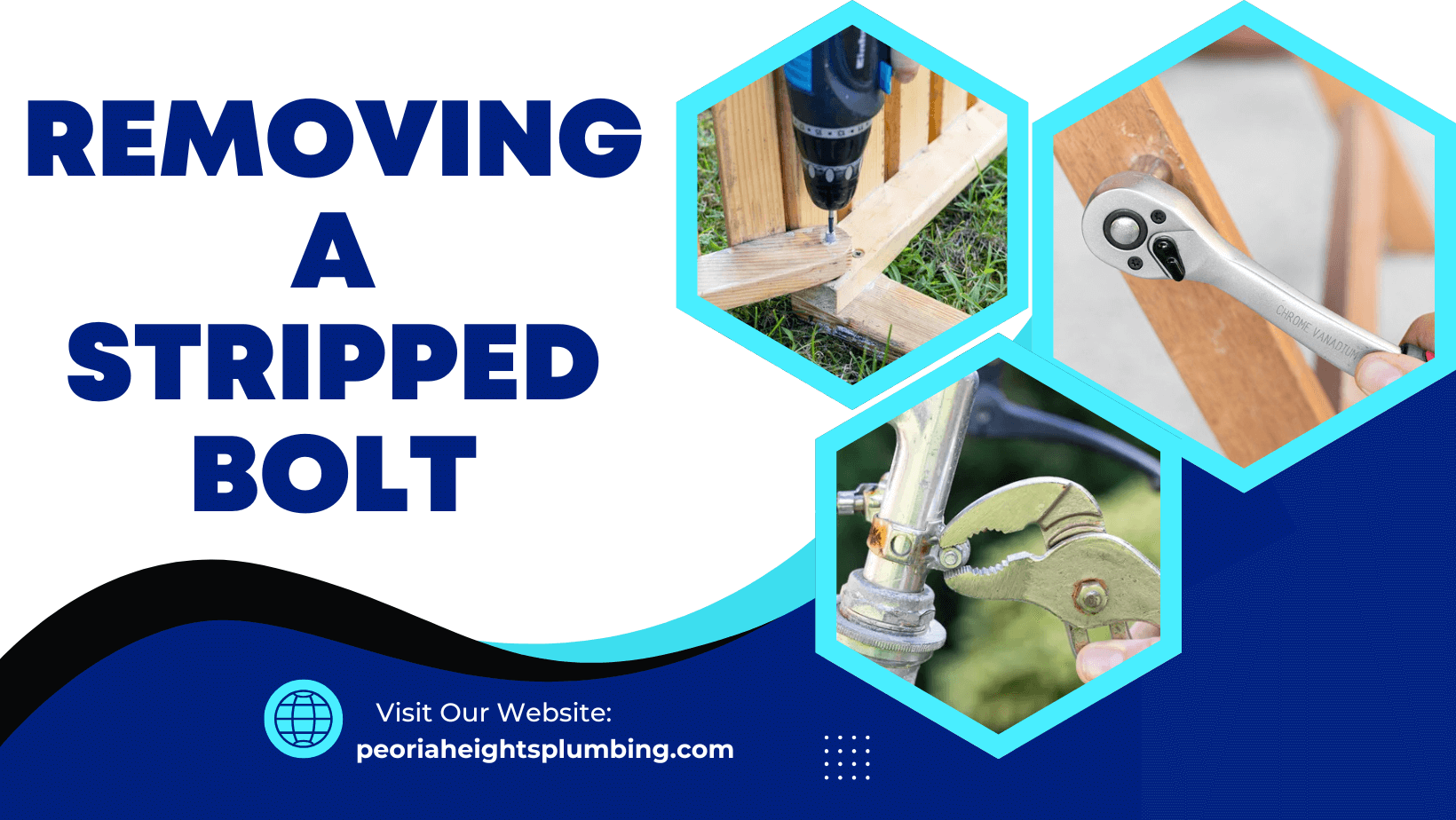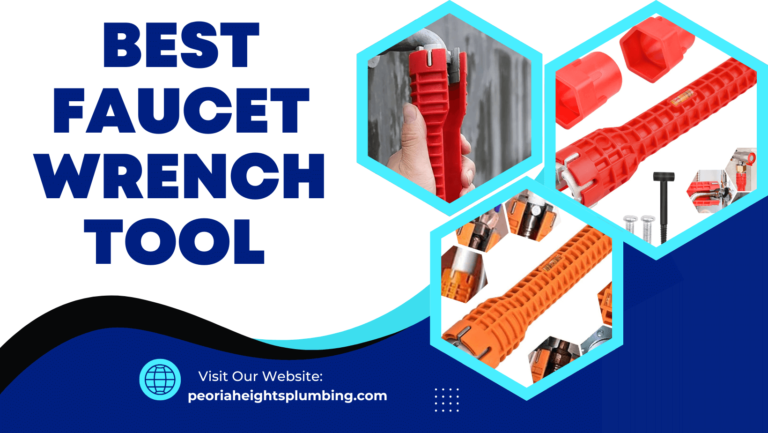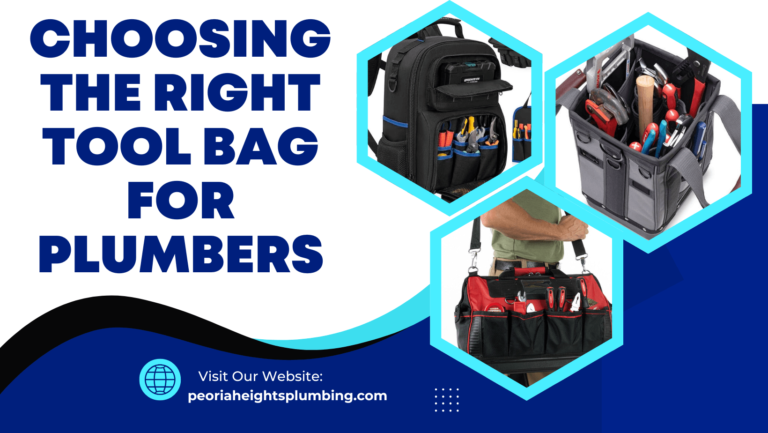The Ultimate Guide to Stripped Bolt Removal in 2025
Stripped bolts are the bane of any DIY enthusiast or professional mechanic’s existence. Whether you’re repairing your car, assembling furniture, or tackling a home improvement project, encountering a stripped bolt can bring your work to a frustrating halt.
However, with the right tools, techniques, and patience, removing a stripped bolt doesn’t have to be an impossible task. This comprehensive guide will walk you through the best methods and tools for stripped bolt removal, complete with tips for avoiding stripped bolts in the future.
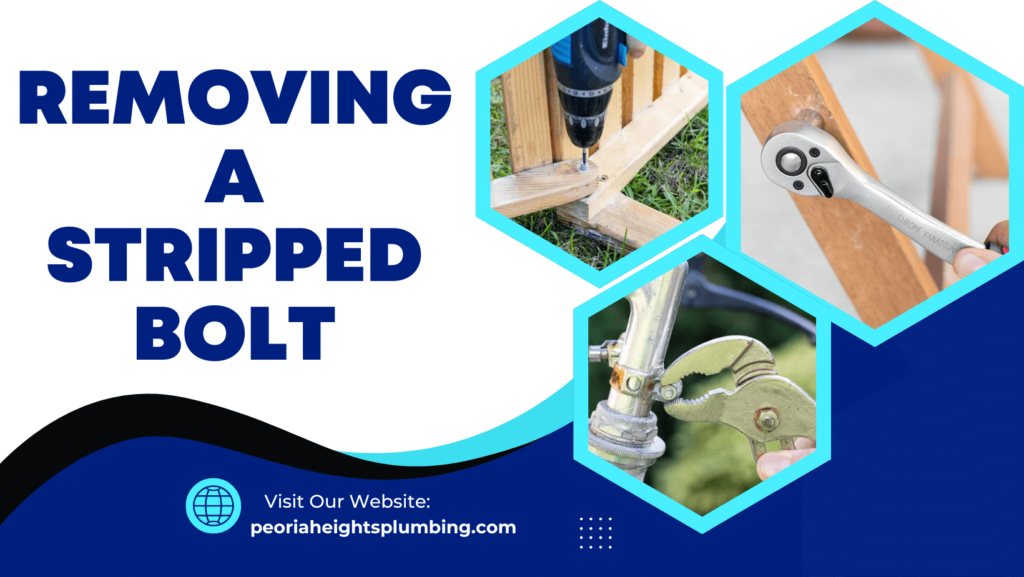
What Is a Stripped Bolt and Why Does It Happen?
A stripped bolt is a fastener whose head has become damaged or rounded, making it difficult or impossible for tools to grip. This can result in the bolt refusing to budge, no matter how much effort you apply.
Read also 10 Things That Can Quietly Destroy Your Plumbing
Common Causes of Stripped Bolts
- Incorrect Tool Usage:
- Using the wrong size or type of tool can erode the edges of the bolt over time.
- Over-tightening:
- Excessive torque can wear out the bolt’s head or threads.
- Corrosion:
- Rust weakens the material, making it more prone to damage.
- Poor Bolt Quality:
- Low-grade materials can strip more easily under pressure.
By understanding the causes, you can take preventive measures to avoid the headache of stripped bolts in the future.
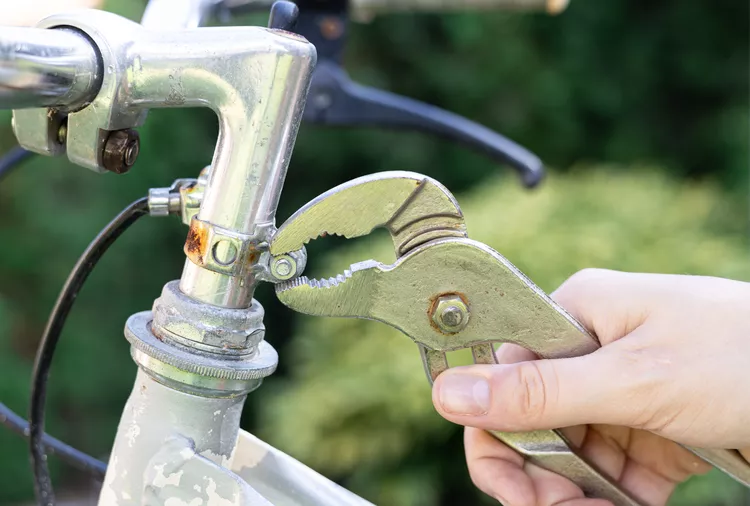
Signs of a Stripped Bolt
Before you jump to solutions, it’s crucial to confirm whether your bolt is actually stripped. Look for these signs:
- Rounded Edges: The head of the bolt is smooth, but it does not have defined corners.
- Tool Slippage: Your wrench or screwdriver continuously slips off the bolt despite applying force.
- Visible Wear and Tear: Scuffed metal or missing chunks from the bolt’s head indicate damage.
Use a flashlight for a closer inspection and test with a snug-fitting tool to confirm the diagnosis.
Read also Choosing The Best Tool Bag For Plumbers
Essential Tools for Stripped Bolt Removal
The right tools can make all the difference when dealing with a stripped bolt. Here are some must-have options:
Basic Tools
- Socket wrench set (metric and imperial sizes)
- Screwdrivers with interchangeable heads
- Pliers (locking or needle-nose).
Specialized Tools
- Bolt Extractor Kit:
- Tools specifically designed to grip stripped bolts tightly and remove them easily.
- Drill and Bits:
- Useful for creating pilot holes in stubborn bolts.
- Rubber Bands or Steel Wool:
- Helps improve grip on slightly stripped bolts.
Safety Gear
- Work gloves to protect your hands from sharp edges
- Safety glasses to shield your eyes from debris
- Hearing protection if using power tools.
Step-by-Step Methods for Stripped Bolt Removal
1. Rubber Band or Steel Wool Method
For bolts with minimal damage, this quick fix can work wonders.
Steps:
- Place a rubber band or thin steel wool over the bolt head.
- Press your tool firmly against it.
- Slowly turn the tool to remove the bolt.
This method adds friction, allowing your tool to grip the bolt more effectively.
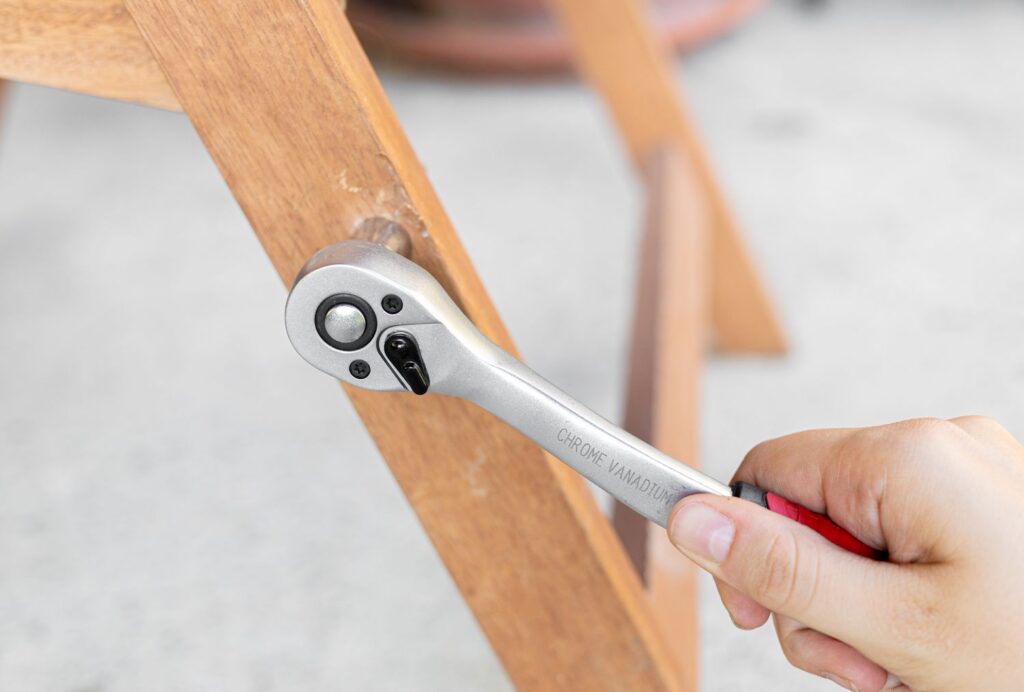
2. Using a Bolt Extractor Kit
Bolt extractor kits are lifesavers for severely stripped bolts.
Steps:
- Select the correct size extractor for the bolt.
- Attach the extractor to a wrench or ratchet.
- Place the extractor over the bolt head and turn counterclockwise to remove it.
Pro Tip: Invest in a high-quality extractor kit like the Rizom Bolt Extractor for better results.
3. Drill-and-Extract Method
For bolts that won’t budge, drilling may be necessary.
Steps:
- Drill a pilot hole into the center of the bolt.
- Insert a screw extractor into the hole.
- Turn the extractor counterclockwise to remove the bolt.
Caution: Be careful not to damage the surrounding material while drilling.
4. Heat Application
Heat can expand the bolt, loosening its grip on the material.
Steps:
- Use a heat gun or propane torch to apply heat to the bolt for 2-3 minutes.
- Let the bolt cool slightly.
- Use a wrench or extractor tool to remove it.
Safety Note: Always wear heat-resistant gloves and ensure flammable materials are cleared from the area.
Read also The Ultimate Leak Repair Guide
5. Cutting a New Slot
If the bolt head is severely rounded, cutting a new slot can help.
Steps:
- Use a rotary tool or hacksaw to create a new groove in the bolt head.
- Use a flathead screwdriver to turn and remove the bolt.
Tips to Prevent Stripped Bolts
- Use Proper Tools:
- Always use tools that match the bolt’s size and type.
- Apply Controlled Torque:
- Avoid over-tightening bolts to reduce wear.
- Lubricate Bolts:
- Apply a light coat of lubricant, such as WD-40, to minimize friction and prevent corrosion.
- Inspect Bolts Regularly:
- Replace worn or rusted bolts before they become a problem.
Real-Life Success Stories
Amy’s Car Repair
While replacing her car’s license plate, Amy encountered a rusted, stripped bolt. Using a bolt extractor and some light drilling, she removed it within 20 minutes without damaging her car.
Tim’s Furniture Assembly
A seasoned woodworker, Tim frequently uses rubber bands to tackle stripped screws during furniture assembly. His advice? Always keep a few rubber bands in your toolbox for emergencies.
Read also Best Plumbing Tools Under $50 in Illinois
Conclusion
Stripped bolts can be a frustrating obstacle, but with the right knowledge and tools, they’re no match for your determination. By following these methods, you’ll not only save time but also protect your project from further damage. Equip yourself with modern tools, practice preventative measures, and tackle any stripped bolt with confidence.
Remember, preparation is key. Keep this guide handy, and you’ll always be ready to face the challenge of a stripped bolt head-on.

